Our
work
Our presence in over 120 countries and territories includes a broad range of activities to save and change lives, with the ultimate goal of a world with zero hunger.
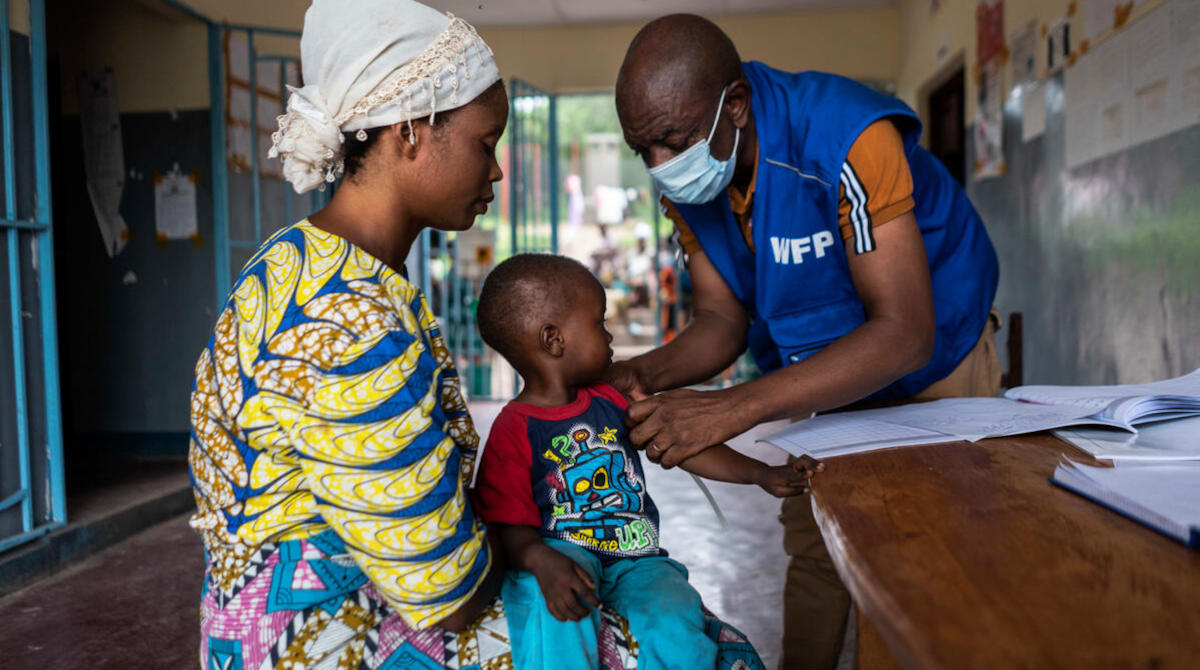
Preventing and mitigating famine
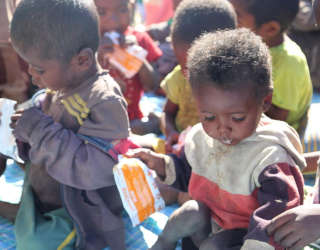 Fighting famine
Fighting famine
WFP has the expertise, deep-field presence and operational scale to stop famine in its tracks, and steer people away from the edge of starvation. We do so by providing emergency food assistance; employing cutting-edge technology to alert about the risk of famine and determine the most appropriate response; and mobilizing our supply chain capabilities, including airlifting food or dropping it from planes when all other avenues are blocked. We also work to prevent situations deteriorating into famine by strengthening education, nutrition, livelihood resilience and social protection systems such as school meals programmes.
Responding in life-saving situations
 Emergency relief
Emergency relief
Early-warning systems, a skilled emergency workforce ready to deploy, and our global supply chain capacity enable WFP to be one of the first on the scene when disaster strikes. Every year, WFP to assists millions of people displaced, made homeless or deprived of basic resources by conflict, the effects of climate change, pandemics and other cataclysmic events.
Emergency relief | Emergency preparedness and response | Emergency programming
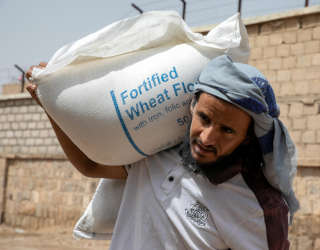 Food assistance
Food assistance
WFP’s food assistance goes well beyond the immediate alleviation of hunger. To achieve Sustainable Development Goal 2 – zero hunger – we provide tailored, multi-year support programmes designed to lift a nation’s nutritional indicators. Wherever markets and the financial sector are functioning, we provide cash transfers to enable the people we serve to buy nutritious food of their own choice.
Food assistance | In-kind food distribution | Cash transfers
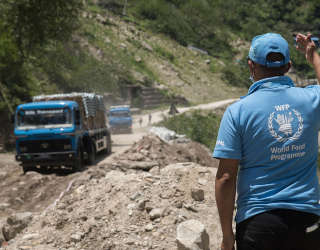 Supply chain
Supply chain
On any given day, WFP has 6,500 trucks, 140 aircraft and 20 ships on the go, to prevent people from falling into famine and deliver vital food and other assistance to those who need it the most. With six decades of experience, WFP works with governments and NGOs, with suppliers and local communities. We engage businesses and smallholder farmers, and invest in local economies, markets and the private sector.
Supply chain | Supply chain for cash transfers
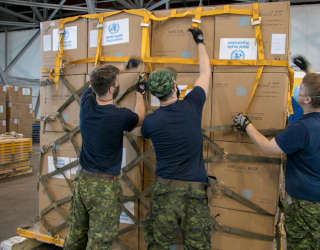 Humanitarian support and services
Humanitarian support and services
In the face of tight funding and high expectations of efficiency, the humanitarian community is increasingly required to act in sync, streamline processes and pool resources. WFP puts its vast expertise and capacity in supply chain, engineering and emergency telecommunications – often in the most challenging environments – at the service of other humanitarian actors. In addition, WFP leads the multi-agency Logistics Cluster and the Emergency Telecommunications Cluster (ETC), and co-leads the Food Security Cluster.
Humanitarian support and services | Emergency Telecommunications Cluster | Engineering services - Information Technology and Telecommunications in Emergencies (FITTEST) | Logistics Cluster | Food Security Cluster | Telecommunications Security Standards (TESS) | United Nations Air Service (UNHAS) | United Nations Humanitarian Response Depots | Wellness and accommodation services
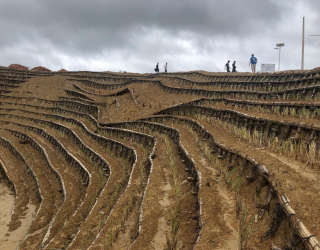 Disaster risk reduction
Disaster risk reduction
Disasters are amongst the main drivers of hunger and malnutrition in the world. Among these, extreme weather events are picking up pace as a result of the climate crisis. WFP’s country programmes integrate dedicated actions to address the risks of climate disasters and mitigate their repercussions on food security. These include soil and water conservation, the development of flood protection and drainage infrastructure, the construction of communal ponds and reservoirs, and the terracing of slopes that are prone to erosion and landslides.
Disaster Risk Reduction | Risk management insurance and finance
Providing life-changing solutions
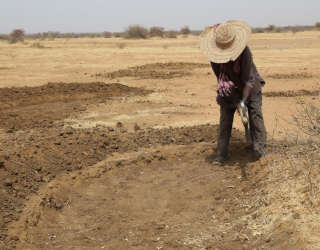 Sustainable livelihoods and ecosystems
Sustainable livelihoods and ecosystems
Food insecurity is highest in the most fragile and degraded environments, prone to disasters and exposed to recurrent shocks and crises, including extreme weather events caused by climate change. WFP helps countries and the most vulnerable and food insecure communities manage natural resources sustainably, so they can meet today’s livelihood needs and safeguard these resources for future generations.
Sustainable livelihoods and ecosystems
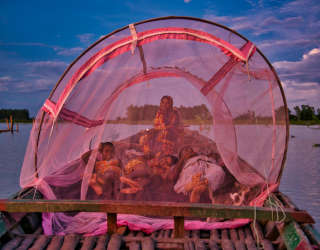 Climate action
Climate action
Due to climate change, communities are facing more frequent and extreme weather events. WFP helps offset the impact these have on lives and livelihoods. Forecast-based Financing uses improved early warning based on weather forecasts to alert communities ahead of disasters and pay out insurance so they can take preparatory measures such as evacuating assets and livestock, reinforcing homesteads, and buying food and essential items. Index insurance uses remote sensing and hydrometeorological data to determine more precisely when crop losses occur, for the triggering of payouts.
Climate action | Climate and food security analysis | Climate services – Risk management insurance and finance | Energy for food security | The R4 Rural Resilience Initiative
 Nutrition
Nutrition
Malnutrition prevents people and communities from developing their full potential and threatens their future. WFP addresses all forms of malnutrition including vitamin and mineral deficiencies, and overweight and obesity, in all contexts. We act early, with programmes focusing on the first 1,000 days from pregnancy to a child’s second birthday, and we provide access to healthy and adequate diets, targeting young children, pregnant and breastfeeding women, and people living with HIV.
Nutrition | HIV and tubercolosis | Specialized nutritious foods | The WFP food basket
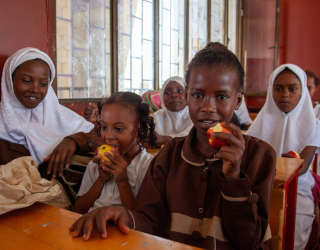 School-based programmes
School-based programmes
WFP is the largest humanitarian organization implementing school feeding programmes, which improve children’s nutrition and health and increase access to education, reducing risks such as child labour and early marriage in some countries. This helps shape better futures for children and communities, and build countries’ human capital. By buying food locally wherever possible, WFP school feeding programmes contribute to increasing incomes for smallholder farmers and boosting local economies.
School-based programmes | Joint WFP-UNICEF response to the COVID-19 crisis
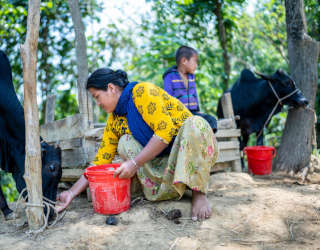 Gender equality
Gender equality
Gender equality is a necessary precondition for a world with zero hunger. With more than 50 percent of the people we serve being women, WFP works to ensure that food assistance policies and programmes create conditions that advance, rather than undermine, gender equality and women’s empowerment.
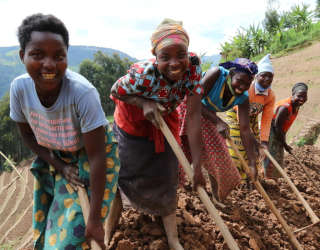 Asset creation
Asset creation
Under WFP’s Food Assistance for Assets programme, people receive food or cash to meet immediate food needs as they work on community assets or livelihood resources such as roads, bridges, and reforestation, water conservation or land rehabilitation projects.
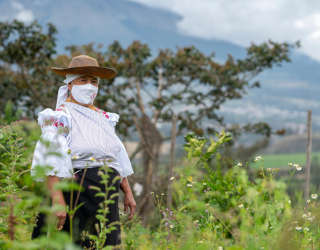 Smallholder farmers support
Smallholder farmers support
Smallholder farmers produce most of the world’s food and are critical in achieving zero hunger. WFP helps build sustainable food systems by facilitating smallholder farmers’ access to productive assets and efficient post-harvest handling and storage techniques. The private-sector focused Farm to Market Alliance also connects smallholders to markets and helps them diversify their crops and increase their business potential.
Smallholder farmers support | Farm to Market Alliance | Risk management insurance and finance
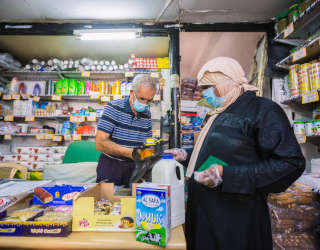 Cash and market support
Cash and market support
WFP is the largest provider of cash assistance in the humanitarian community. We also work to strengthen local markets and develop retail sectors to help reduce the price of the food basket – thus increasing the purchasing power of all customers – while maintaining or even increasing the profitability of retailers.
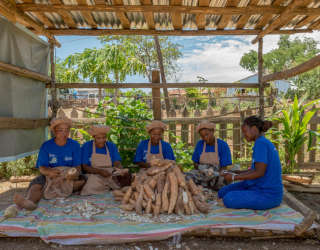 Food systems
Food systems
Fragile, broken or distorted food systems have a devastating impact on development and the environment, as they account for one third of greenhouse gases, are exhausting soil and water, and waste one third of all food and produce (worth US$1 trillion). WFP has an unparalleled six decades of experience repairing, sustaining, and improving food systems for the world’s most vulnerable and remote people.
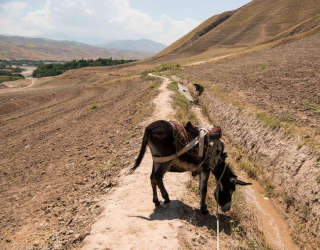 Resilience building
Resilience building
Shocks and stressors such as conflict, natural hazards and political instability can have a devastating impact on development gains. Including resilience-building measures in humanitarian programmes means reducing the need to spend on cyclical crisis response, while helping overcome a legacy of development gaps.
Building pathways to stability and peace
 Conflict and hunger
Conflict and hunger
With almost 60 percent of the world’s hungry living in areas affected by armed violence, conflict is the single greatest challenge to achieving zero hunger.
WFP assistance is not just a lifeline for people trapped in conflict, living under siege, or on the run after being forced out of their homes – it can also be the first step towards peace, helping to ease tensions that could escalate into conflict.
Supporting governments
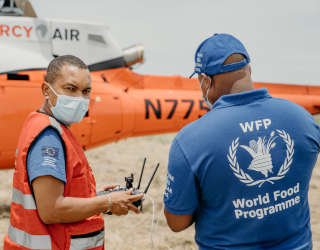 Country capacity strengthening
Country capacity strengthening
WFP supports governments and other partners in building their capacity to manage disaster risk and improve food security, while investing in early warning and preparedness systems to climate and other threats. We also help countries mobilize money from donor governments and other sources, such as the Adaptation Fund and Green Climate Fund, to fund climate-resilience work.
Country capacity strengthening | Capacity assessment
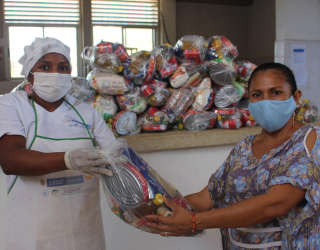 Social protection
Social protection
WFP provides governments with technical advice and operational support to strengthen their social protection systems, improving their ability to build resilience and respond to emergencies (such as disasters or sudden mass population displacements), as well as their food security and nutrition impact. Thanks to its experience in delivering food and cash assistance, school-based programmes and insurance, WFP can also complement government efforts.
Social protection | School-based programmes
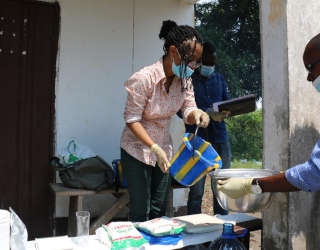 South-south cooperation
South-south cooperation
WFP supports governments also by facilitating aSouth-South and triangular cooperation – an expression that covers the direct exchange of knowledge, experiences, skills, resources and technical know-how among developing countries, often assisted by a donor or multilateral organization, such as WFP. This “triangular” facilitation may take the form of funding, training, management, technological systems, or other types of support.
South-South cooperation | Centre of Exellence against Hunger in Brazil | Centre of Excellence in China | Regional Centre of Excellence against Hunger and Malnutrition (Côte d’Ivoire)
Innovation and digital transformation
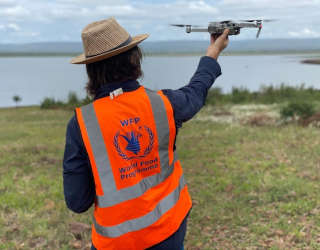 Innovation and technology
Innovation and technology
WFP harnesses new technologies and the responsible use of data to achieve zero hunger by 2030. We use drones to improve response in humanitarian emergencies and facilitate connectivity in emergency contexts through our Fast IT and Telecommunications Emergency and Support Team (FITTEST) and as the Emergency Telecommunications Cluster lead agency (ETC). We ensure the right person receives the right benefit with our cloud-based platform, SCOPE, while leveraging blockchain and real-time data to improve the coordination and delivery of assistance across the humanitarian sector. Since its launch in 2015, our Munich-based Innovation Accelerator has been piloting new solutions to disrupt hunger.
Ending hunger

Fighting famine
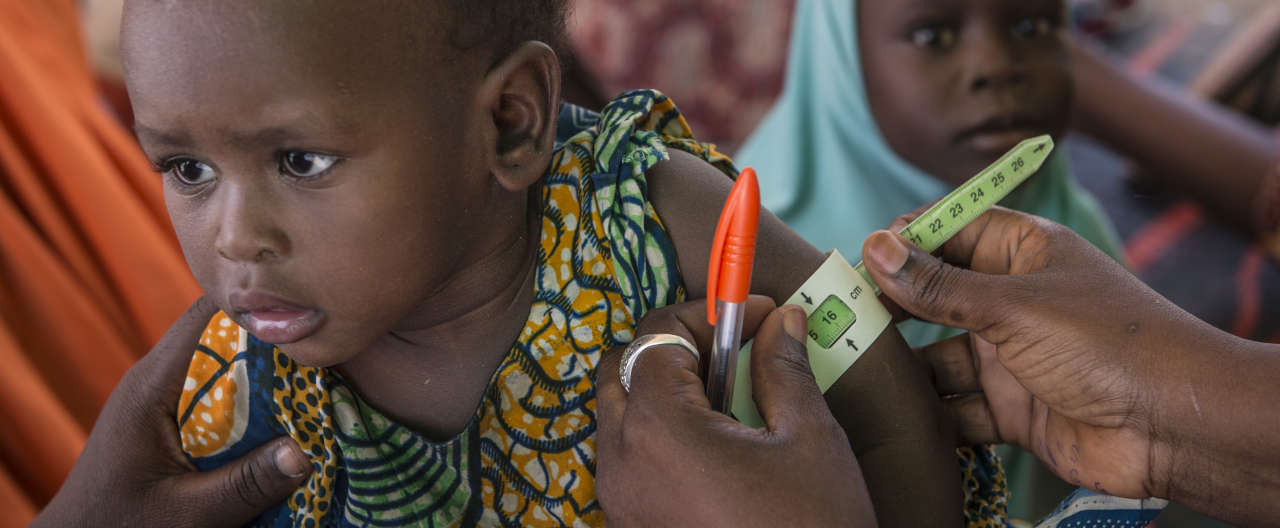
Areas of work
- A
- B
- C
- E
- F
- G
- H
- I
- L
- M
- N
- O
- P
- R
- S
- T
- U
- W
